Beginner gardeners often misidentify flowers resembling chamomile. If you admire this plant, we can suggest other options to beautify your garden, such as Anacyclus.
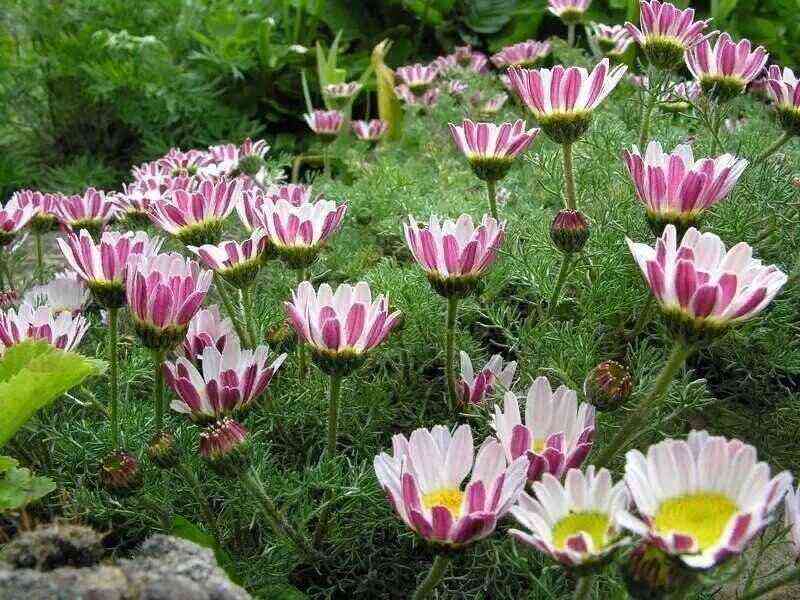
Anacyclus may resemble chamomile at first glance, but it is actually a distinct plant species. It includes both annual and perennial varieties and is easy to care for, thriving in sunny and dry conditions. However, it does not do well in humid environments as its roots are susceptible to decay. Anacyclus blooms from June to September and has a stem height of up to 10 cm. It spreads along the ground, making it a popular choice for landscape designers as a ground cover plant in alpine slides. The flowers are no larger than 5 cm in diameter and have a unique feature – they close when there is insufficient light. At night or during cloudy weather, the buds will be closed. To distinguish Anacyclus from chamomile, examine the back of the petals, which are colored red.
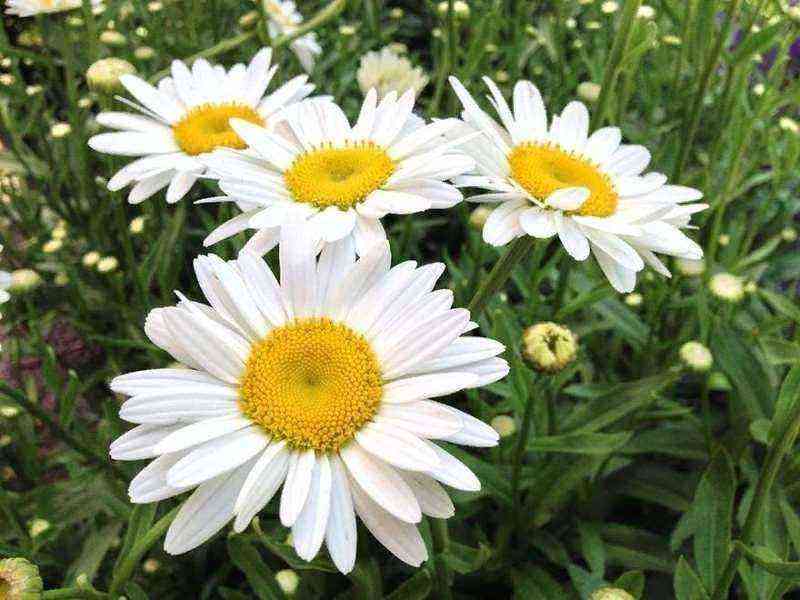
The common name for this plant is daisy, but it is also known as meadow chamomile. It belongs to the Aster family and is a simple yet charming perennial. It looks great in groups and is often used to create beautiful bouquets. There are around 70 different types of daisies, but only three are commonly found in gardens: ordinary, largest, and magnificent.
Daisy flowers come in different forms – some are simple, while others are double or semi-double, with a diameter of 6-12 cm and a stem height of 20 to 100 cm. Different species flower at different times; some bloom in early summer, while others wait until the end of June. Some species can even bloom twice per season!
To grow daisies successfully, you’ll need light, fertile soil and a sunny location (although partial shade is also fine). Regular watering is preferred, but make sure to avoid stagnant water as this can harm the plant. Overall, daisies are an easy-to-grow and delightful addition to any garden!
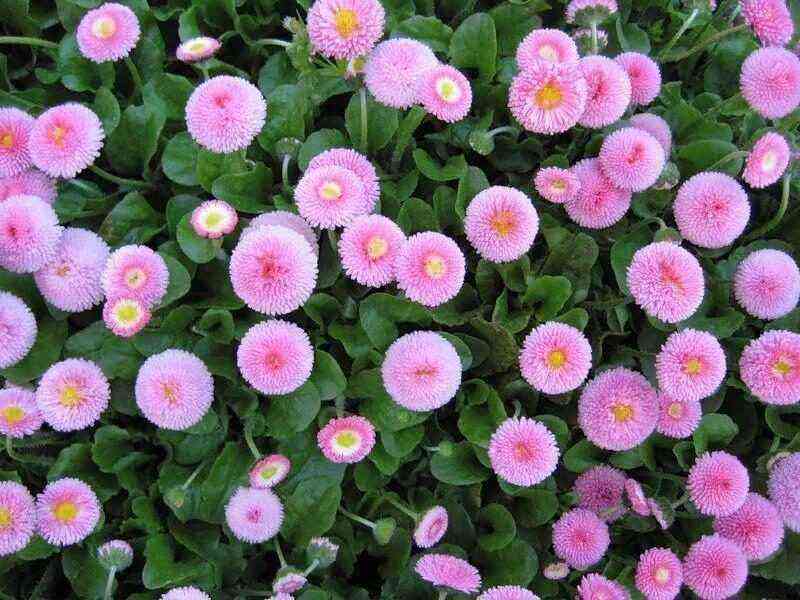
The Aster family is home to the daisy, which can be classified into two types: annual and perennial. Annual daisies are commonly used for balcony decoration, while perennials are grown in gardens. The perennial daisy can grow up to 10-30 cm with beautiful flowers measuring 8 cm in diameter. Their inflorescences can be simple, double, or semi-double, with a structure of either tubular or petal. Daisies thrive in sunny locations and are not picky about soil composition. They require regular watering but should not be overwatered, and should be fed twice a season. These lovely flowers bloom in their second year after planting and are a sight to behold from April to May. Another type of flower from the same family is the Pyrethrum.
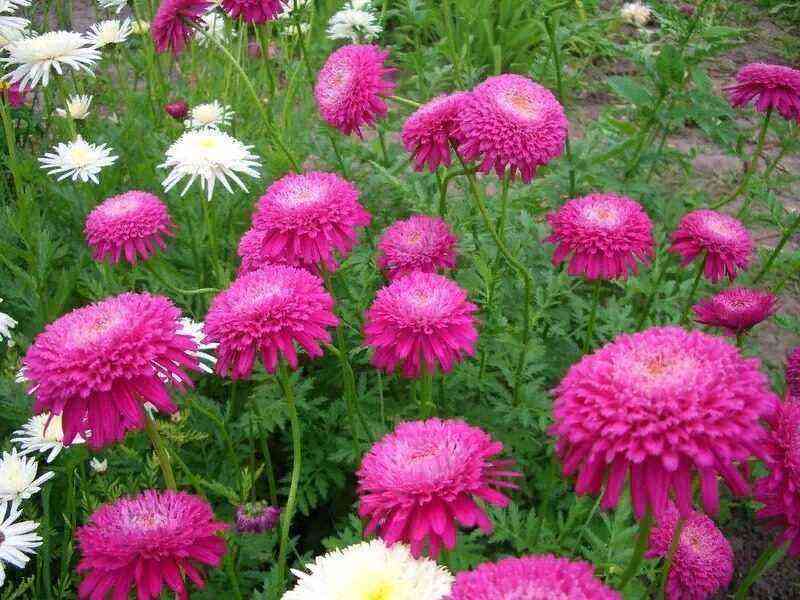
Pyrethrum, a humble perennial plant belonging to the Aster family, is also known as “Caucasian chamomile”. Its stems can grow up to 50-70 cm tall, and the diameter of its flower head, called “basket” inflorescence, ranges from 3-6 cm. Among the approximately 50 types of pyrethrum, three species have become popular among gardeners: maiden, pink, and large-leaved.
The maiden feverfew resembles small chrysanthemums and grows in a compact bush ranging from 20-50 cm tall. Its flowers are either white or yellow. Pyrethrum pink can grow up to 60-70 cm tall, and its basket-shaped flowers come in bright shades of pink, scarlet, and dark red with a yellow center. Large-leaved pyrethrum is a bush that can reach up to 1.5 m in height and bears white inflorescences.
Although pyrethrum prefers full sun, it can still grow in partial shade. It does not demand much from the soil composition but dislikes heavy and swampy soils. Pyrethrum blooms during June and July.
Brachycoma is another plant worth considering.

The Aster family includes a beautiful annual plant that is grown for its ornamental value. These plants can grow up to 30 cm in height and have approximately 100 fragrant inflorescences on each shoot. Although there are 50 different species of this plant, only one is widely recognized, which is the Iberisole brachycoma. Numerous varieties with stunning colors have been developed based on this species, including shades of blue, white, purple, pink, and lilac.
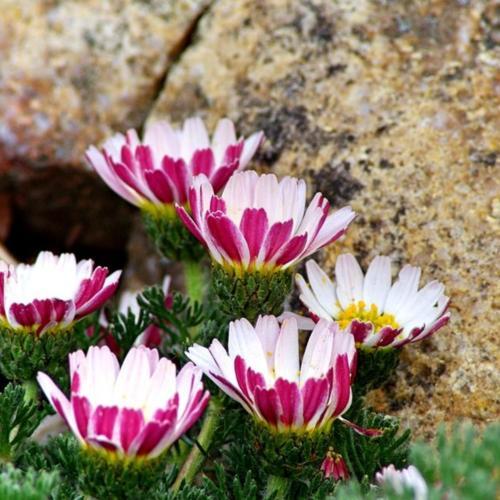
Brachikoma is a plant that thrives in warm temperatures and cannot withstand cold weather. As a result, it has a short lifespan of only one year. To grow Brachikoma, it is recommended to sow the seedlings in late February or early March. Once they have emerged, they can be planted in open ground by the end of May.
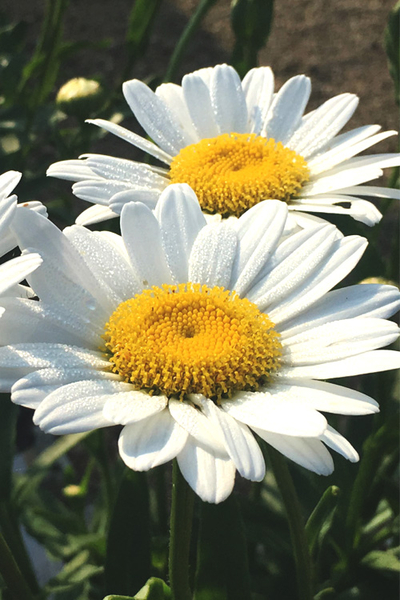
Brachikoma enjoys well-lit spots and loose, arid soil, and needs to be fertilized thrice each season. This particular plant tends to attract whiteflies and snails, thus requiring special attention. It produces flowers from July to September.
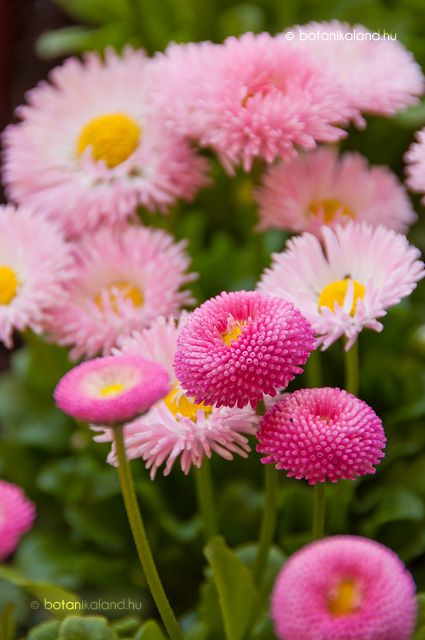
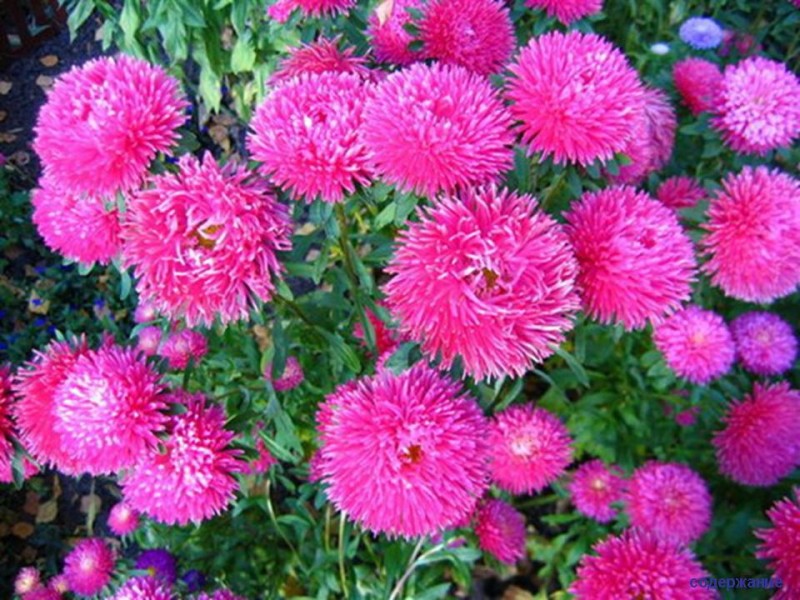
Photo credit goes to Pinterest, and the source of this content is Garden Lover.
